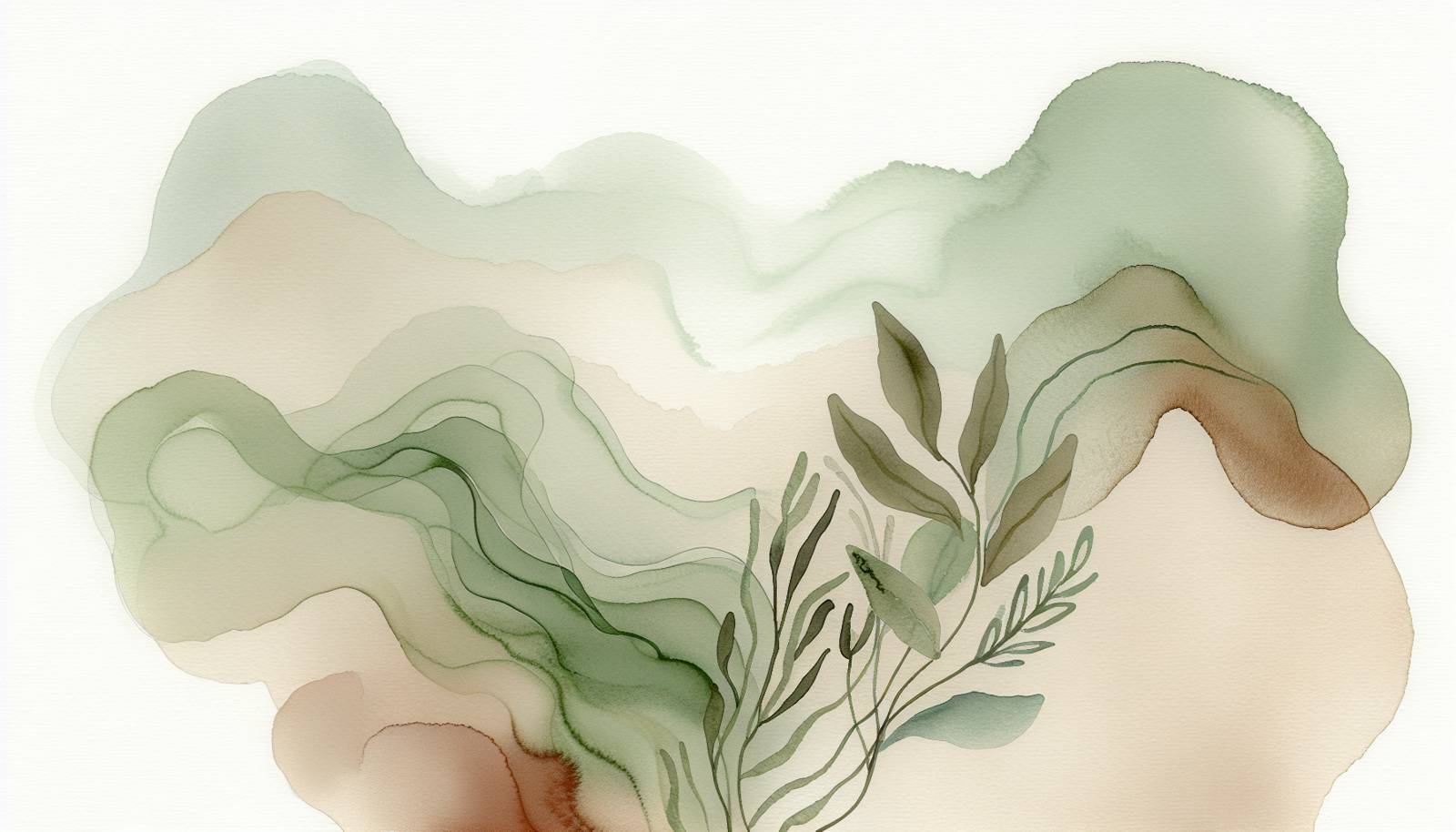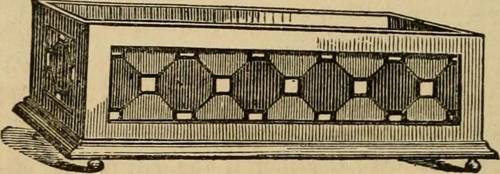
FAQ About Indoor Plant Water Retention Strategies

What are some effective strategies to enhance water retention in indoor plants?
Effective strategies to enhance water retention in indoor plants include using water-absorbing crystals, incorporating organic mulches like coconut coir or peat moss, and ensuring the potting mix contains ingredients that improve moisture retention, such as vermiculite or sphagnum moss. Additionally, using self-watering pots or adding a saucer beneath pots to capture excess water can also help.

How does the type of soil affect water retention for indoor plants?
The type of soil significantly affects water retention in indoor plants. Soils rich in organic matter, like those containing compost, peat moss, and vermiculite, hold water more effectively than sandy soils. It's beneficial to use a potting mix that balances drainage and retention, ensuring the roots have access to moisture without becoming waterlogged.

Can adding mulch to indoor plants improve water retention?
Yes, adding mulch to indoor plants can improve water retention. Mulch acts as a barrier, reducing water evaporation from the soil surface. Materials such as wood chips, bark, or straw can be used to cover the soil around the plant, thereby keeping the moisture in longer and minimizing the need for frequent watering.

Are self-watering pots beneficial for indoor plant water retention?
Self-watering pots are highly beneficial for maintaining consistent water levels for indoor plants. These pots contain a reservoir at the bottom that allows plants to absorb water as needed through a wick or capillary action, reducing the frequency of watering and preventing the soil from drying out too quickly.

What role do water-absorbing crystals play in plant water retention?
Water-absorbing crystals, also known as hydrogels, can significantly enhance water retention in plant soil. When mixed into the potting soil, they absorb and store water, releasing it slowly as the soil dries out. This helps maintain consistent moisture levels, which is especially useful in dry environments or for plants that are not watered frequently.

Is it helpful to use larger pots for better water retention in indoor plants?
Using larger pots can help with water retention since they hold more soil, which in turn holds more moisture. However, it's important to ensure that the potting mix is appropriate and that the pot has drainage holes to prevent waterlogging. Larger pots should match the plant size to avoid issues related to excess moisture.

Do particular plants naturally retain more water than others?
Yes, certain plants like succulents and cacti are naturally adapted to retain more water due to their thick, fleshy leaves and stems, which store water for dry periods. Other plants, like ferns and philodendrons, may require more frequent watering as they do not have the same water storage capabilities.

How often should indoor plants be watered to maintain optimal moisture levels?
The frequency of watering indoor plants depends on several factors, including the plant type, pot size, climate conditions, and soil type. Generally, it's advisable to water when the top inch of soil feels dry to the touch. Some plants may require more frequent watering, while drought-tolerant varieties might need less.

Can altering room humidity affect water retention for indoor plants?
Yes, altering room humidity can significantly impact water retention for indoor plants. Increasing humidity with a humidifier, placing water trays near plants, or grouping plants together can reduce evaporation rates and maintain higher moisture levels around the plants, reducing the need for frequent watering.

What are water-retaining ceramics, and how do they help indoor plants?
Water-retaining ceramics are porous clay devices inserted into the soil of potted plants to help retain moisture. They release water gradually as the soil dries out, providing consistent hydration and reducing the frequency of watering needed. These ceramics are useful for maintaining moisture levels without overwatering.

Can modifying watering techniques improve water retention in indoor plants?
Yes, modifying watering techniques can improve water retention. Techniques such as deep watering, where water is applied slowly to allow thorough soil saturation, or bottom watering, where pots are soaked in water from below, can ensure that moisture penetrates deeply and evenly into the soil.

Are there any specific fertilizers that enhance water retention in soil?
While fertilizers alone don't typically enhance water retention, some products like soil conditioners may help improve the moisture-holding capacity of soil. These often include organic matter or hydrogels that boost both soil fertility and water retention capacity.

How do plant root systems affect water retention in indoor plants?
Plant root systems can greatly influence water retention. Healthy, extensive root systems promote efficient water absorption, while compact or damaged roots can hinder water uptake. Ensure plants have adequate drainage and are not root-bound to facilitate optimal water retention and absorption.

Does using peat moss in potting soil help with water retention?
Yes, using peat moss in potting soil can improve water retention. Peat moss has excellent moisture-holding qualities and can absorb several times its weight in water. It also improves soil aeration and drainage, creating a balanced environment for plant roots.

How does pot material influence water retention for indoor plants?
The material of the pot can impact water retention. Clay pots are porous and absorb some water, which can aid in regulation but may require more frequent watering. Plastic or glazed pots retain water better and can help maintain soil moisture, but they may also lead to waterlogging if drainage is insufficient.

Can using shaded areas indoors affect plant water retention?
Placing plants in shaded areas can help reduce water loss through evaporation, increasing water retention. However, plants still need appropriate lighting for photosynthesis, so balance shade with adequate light based on species requirements to ensure healthy growth.

How does temperature influence water retention in indoor plants?
Temperature can significantly affect water retention. Higher temperatures increase evaporation rates, causing soil to dry more quickly and necessitate more frequent watering. Conversely, cooler temperatures typically slow evaporation, helping retain moisture for longer periods.

Is it possible to overwater indoor plants, and how does it affect water retention?
Yes, overwatering can lead to poor water retention by suffocating plant roots and promoting root rot, which limits their ability to absorb water efficiently. Ensure that pots have adequate drainage and only water when necessary, based on soil dryness, to promote healthy plant growth and effective water retention.

What is the role of drainage in indoor plant water retention?
Drainage is crucial for preventing waterlogging and ensuring that soil retains an appropriate amount of water. Good drainage allows excess water to escape, preventing root rot and maintaining a balance between hydration and aeration, essential for the health of indoor plants.
